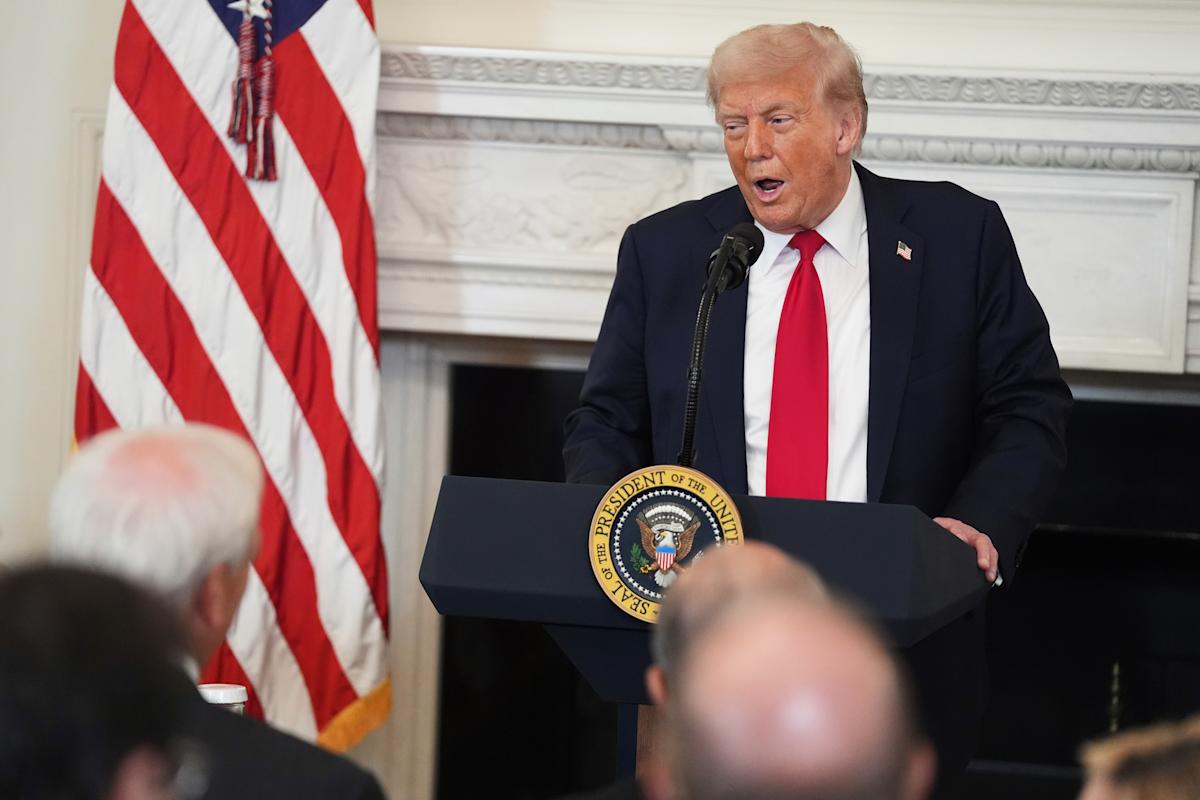President Trump is once again turning up the tariff dial, but stocks aren’t reacting nearly as strongly as they did back in April.
In recent days, Trump has written letters threatening 30% duties on goods from Mexico and the European Union while also warning of 35% tariffs on Canadian imports. On Monday, he added the potential for 100% duties on goods from Russia.
A few months back, similar headlines were driving the market action. Now, the S&P 500 (^GSPC) and Nasdaq Composite (^IXIC) are hovering near record highs despite the news.
Perhaps part of this is the so-called TACO trade, a calling card for investors to stay invested because “Trump always chickens out” on his highest tariff threats. But Morgan Stanley chief investment officer Mike Wilson points out that what’s at play is just math.
The recent tariff announcements have said nothing about China, and as our chart below from Wilson shows, that’s what matters to the widest array of industries.
Wilson segmented various industries into different subsectors of exposure to tariffs. Seven categories, including technology and semiconductors, have “more material risk,” meaning import exposure in that group from China is more than 15% of the global total of imports. In other words, tariffs on goods from China would hurt sectors like tech more than tariffs on nearly any other country listed in Wilson’s work.
Read more: What Trump’s tariffs mean for the economy and your wallet
“The more material trade-related risk for equity indices would be if tariff rates on China were to increase materially from here,” Wilson wrote. “China is significant not only because of the number of industries with tariff cost exposure, but also because of the market cap weighting of those industries, in aggregate.”
JPMorgan chief US economist Michael Feroli estimates the effective US tariff rate has jumped to 16.9% in July from closer to 13% before President Trump began distributing letters to countries during the week of July 9. But importantly, no part of that change accounts for an increase in China tariffs. Those are estimated just shy of 50%, a far cry from the 145% once threatened.
Meanwhile, there have actually been positive updates in terms of US-China trade. In a blog post late Monday night, Nvidia (NVDA) said it was applying to resume sales of its H20 GPUs in China, reversing a key headwind for the company’s AI chip business. Nvidia wrote in the post that the US “assured Nvidia that licenses will be granted.”


